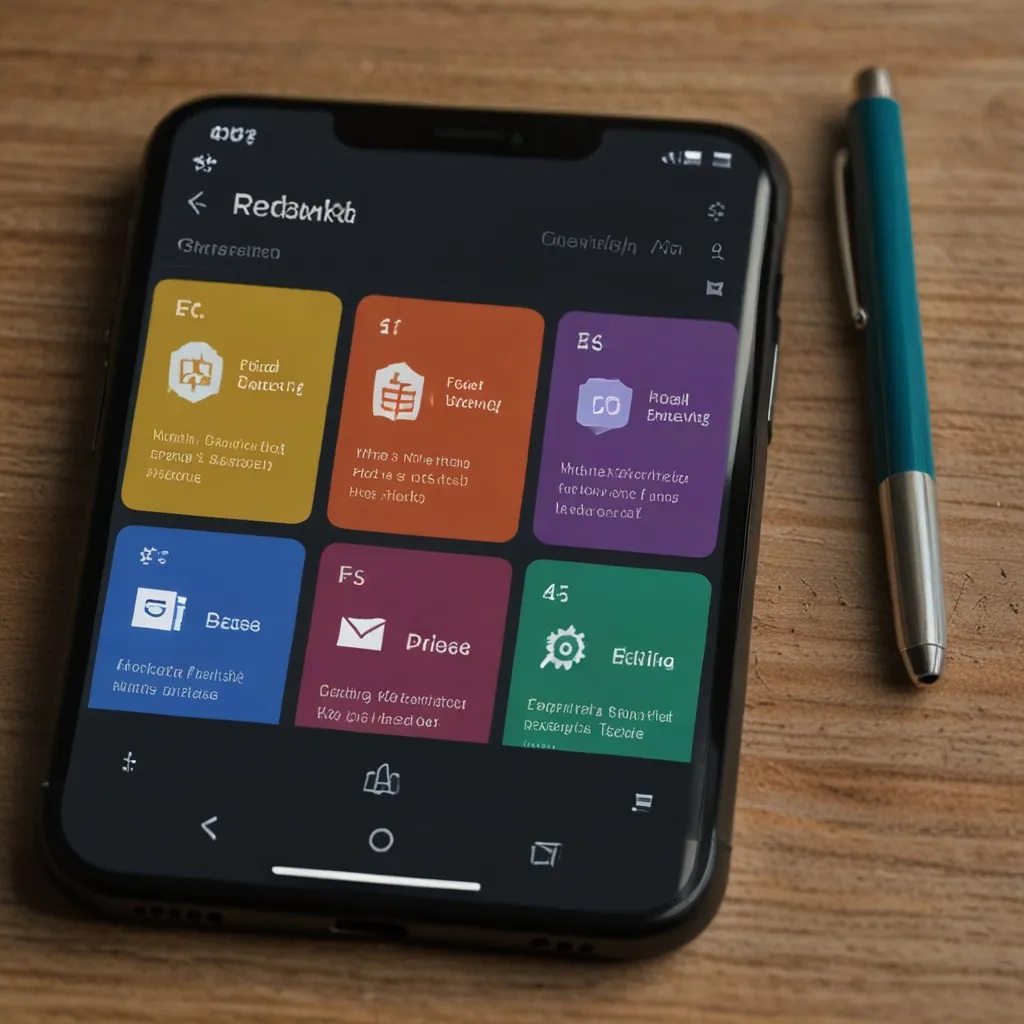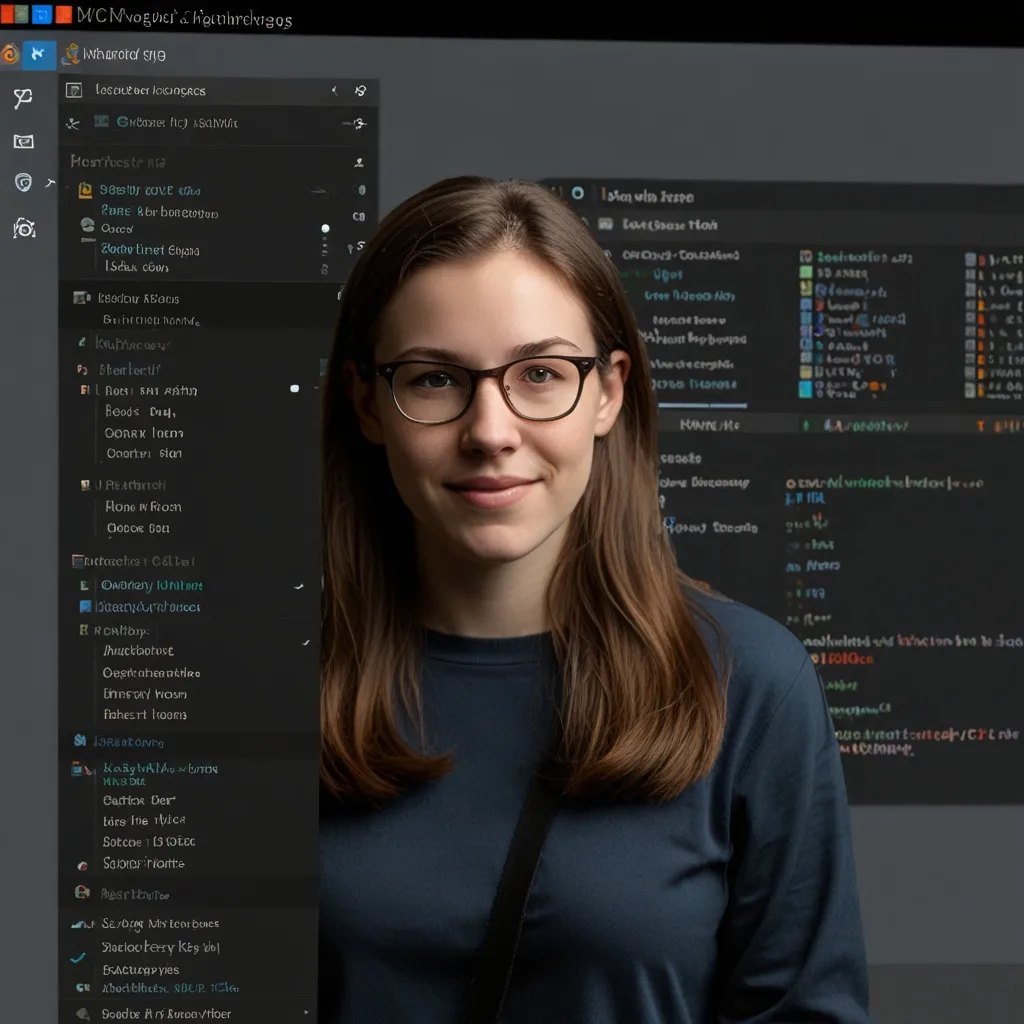I want to chat about a tool that’s become almost like a best friend to many web developers out there: Bootstrap. It’s a bit like that toolkit you reach for in a fixing emergency - always packed with the essentials. Bootstrap is a robust framework for front-end development that makes creating sleek, mobile-friendly websites a breeze. Oh, and did I mention it’s free and open-source? That just makes it even more loveable in the web dev community.
So, what is Bootstrap really? Essentially, it’s a bundle of pre-written HTML, CSS, and JavaScript files all neatly packaged together. These files come loaded with reusable page elements, styles, and interactions, making life a whole lot easier for any developer, regardless of their skill level. It was originally whipped up by Mark Otto and Jacob Thornton while they were at Twitter, aiming to bring consistency and efficiency to their internal tools. Fast forward to today, and Bootstrap has become the most common CSS framework and ranks highly among JavaScript libraries too.
One of the superstar features of Bootstrap is how it saves developers heaps of time. Instead of starting every project with a blank screen and a blinking cursor, you get to dive into an extensive library filled with pre-designed components and utilities. Whether you need a nav bar, buttons, or form controls, Bootstrap’s got you covered.
Let’s talk responsiveness because, honestly, in today’s world, that’s non-negotiable. Bootstrap adopts a mobile-first approach, which is just a fancy way of saying it designs for smaller screens first and then scales up. This ensures that your website looks smashing whether it’s viewed on a tiny smartphone screen or a large desktop monitor. It achieves this magical adaptation through CSS media queries that tweak the layout based on screen size.
And then there are the pre-designed components! Bootstrap arrives with a treasure chest of ready-to-use elements like navigation bars, alerts, badges, breadcrumbs, and of course buttons. These can be customized effortlessly to fit your project’s unique flavor. For example, whipping up a responsive nav bar is as easy as pie with Bootstrap.
Now, let’s dive into one of Bootstrap’s crowns jewels: its grid system. It’s based on a 12-column layout and lets you craft complex designs without pulling your hair out. By dividing your content into rows and columns, you can create layouts that fluidly adapt to any screen size. Imagine laying out a page with multiple sections and having confidence that everything will fall into place beautifully, that’s the grid system for you!
Forms, which are often the bane of any developer’s existence, become significantly less daunting with Bootstrap. Whether you’re working with input fields, checkboxes, or radio buttons, Bootstrap offers comprehensive support. You can easily put together user-friendly forms without breaking a sweat.
Alerts and notifications are another area where Bootstrap shines. These components are vital for informing users about what’s happening on your site. Initially daunting to code, Bootstrap wraps them up nicely, allowing you to add alerts in a heartbeat.
Modals and popovers, which add a layer of interactivity to your website, are also a part of Bootstrap’s toolkit. Whether you need to show more information in a mini-window or create an interactive element, Bootstrap has your back.
Why all this hype about Bootstrap? Simply put, it’s a game-changer for developers. It saves time, which we all know is money. With pre-written code for common user interface elements, you don’t have to start from scratch every time. Its ease of use makes it accessible even for beginners, and its mobile-first design ensures your website looks top-notch on any device. Plus, the whole thing is highly customizable. You can take the base styles and tweak them to perfectly fit your project’s needs.
When it comes to practical applications, Bootstrap is incredibly versatile. It’s your go-to for crafting responsive websites that need to be accessible and functional across various devices. Whether it’s web applications such as content management systems, e-commerce platforms, or slick admin dashboards, Bootstrap plays a central role. Even those eye-catching landing pages that pop during marketing campaigns often have Bootstrap working behind the scenes.
Getting started with Bootstrap is straightforward. First, you include Bootstrap in your project, either by linking to its CDN or by downloading the files to host locally. From there, it’s just a matter of applying Bootstrap classes to create responsive and interactive components.
It’s also important to get familiar with Bootstrap documentation. It is detailed, well-structured, and comes loaded with examples for all its components. Spending time exploring the documentation can dramatically enhance your ability to use Bootstrap efficiently.
However, no tool is without its shortcomings. One common gripe is the overuse of default styles, making numerous Bootstrap-based websites look somewhat alike unless you customize them significantly. Additionally, while Bootstrap is generally lightweight, inefficient use can add bloat to your website, potentially affecting its loading speed.
All in all, Bootstrap is an invaluable asset for any web developer. It significantly cuts down development time while ensuring your designs are responsive and look great across multiple devices. Whether your project is a simple landing page or a complex web application, Bootstrap’s extensive library of components and grid system makes the process easy and efficient. So if you haven’t already, it might be time to give Bootstrap a whirl and see how it can streamline your web development workflow.






